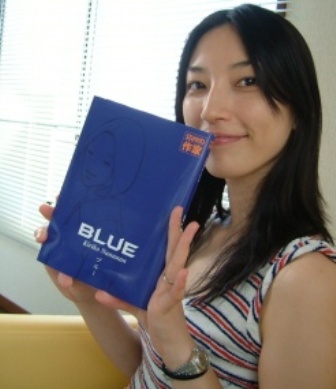

Or sudden bursts of extreme detail in a manga utterly devoid of it. Typical flaws like irrelevant events that neither entertain nor add any sort of dimension to story, or readability-contradictory events like multiple people changing hair cuts/styles at the same time (just because it actually happened that way). Ce dépouillement, loin de gêner évoque mieux encore que les mots la solitude et renforce le côté intimiste du graphisme (The balanced sheets in the beginning leave slowly room to near empty panels, all in length or width.*Amateurish autobiographical apology to a girl the author kissed in high school - masquerading as a manga. Les planches équilibrées du début cèdent peu à peu la place à des cases presque vide, toute en longueur ou en hauteur. Epuré, aérien, le dessin de Nananan s’attarde sur des visages (Uncluttered, aerial, the Nananan's art linger on the visages) Dans cet ouvrage, Kiriko Nananan réussit à viser juste (In this book, Kiriko Nananan managed to get it right)


↑ "Strawberry shortcakes" (in Italian).↑ "Strawberry shortcakes" (in French).↑ "Strawberry Shortcakes" (in Japanese).Art wise both du9 and BD Gest' described it as uncluttered & aerial, and the use of oblong panels taking all the width of the page as reinforcing the impression of intimacy. The reviewer for Manga-News said that the author "managed to get it right". Natali, writing for BD Gest', notes that the nonlinear presentation of the women's stories reinforces the connection between the characters, a resonance between the four characters lives, their feelings and disappointments. Xavier Guilbert, writing for du9, feels it is quite different from other josei manga. It was once licensed for English release by Central Park Media as Sweet Cream & Red Strawberries. Strawberry Shortcakes was adapted into a film of the same title. It was licensed in French by Casterman manga imprint Sakka and in Italy by Kappa Edizioni. It is about the lives of four young women in a large city. Sweet Cream & Red Strawberries) is a one-volume manga written and illustrated by Kiriko Nananan, published by Shodensha in 2002.


 0 kommentar(er)
0 kommentar(er)
